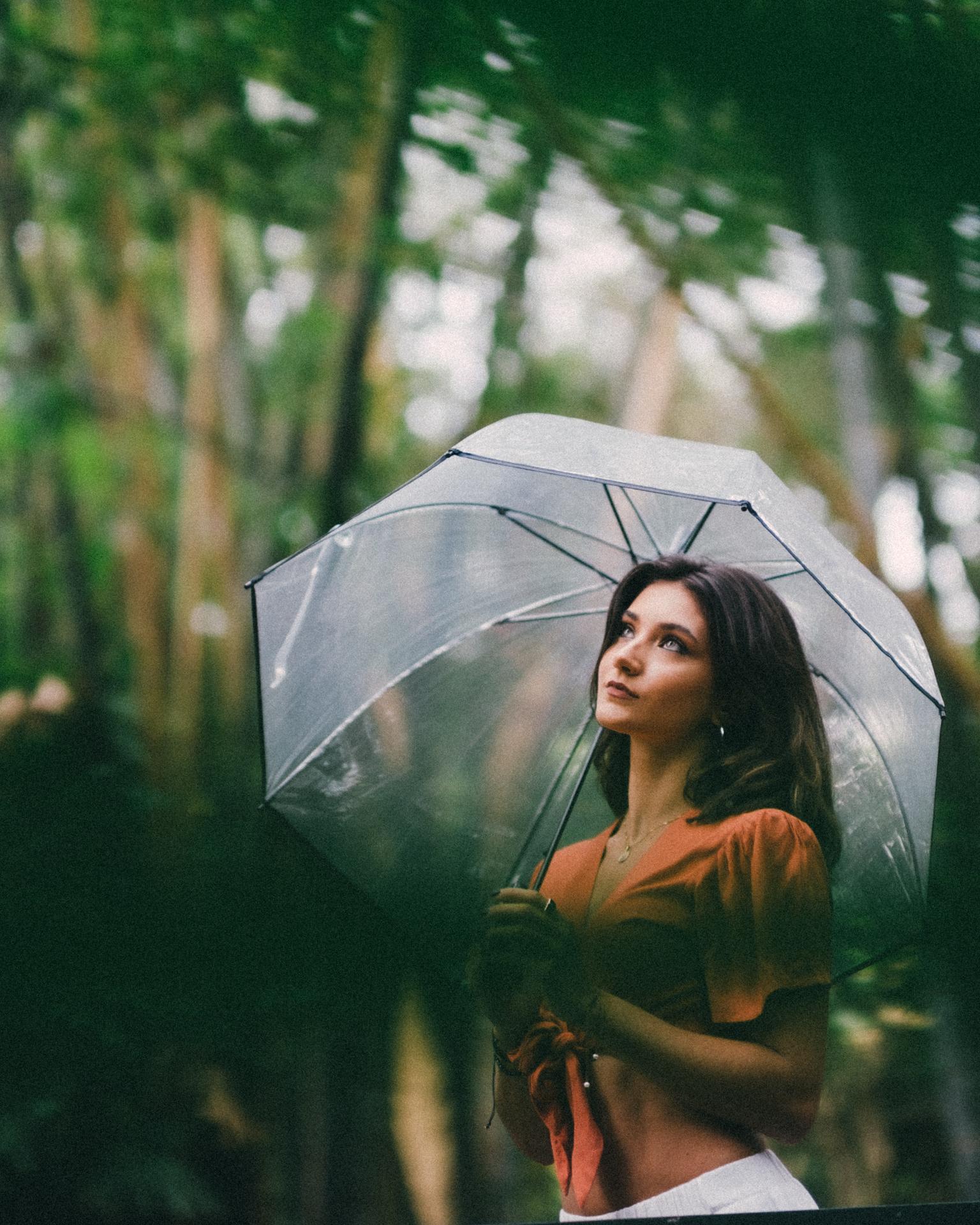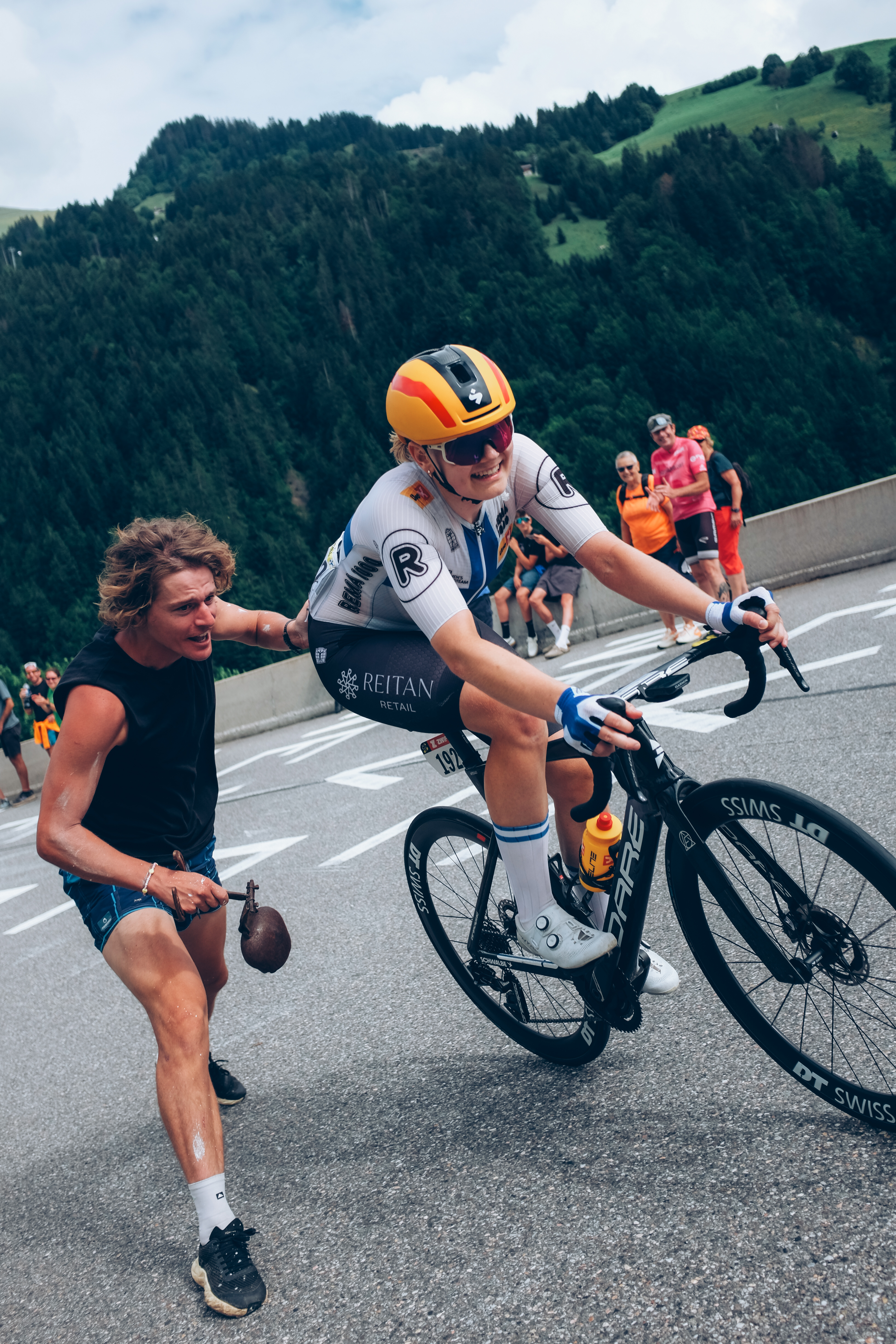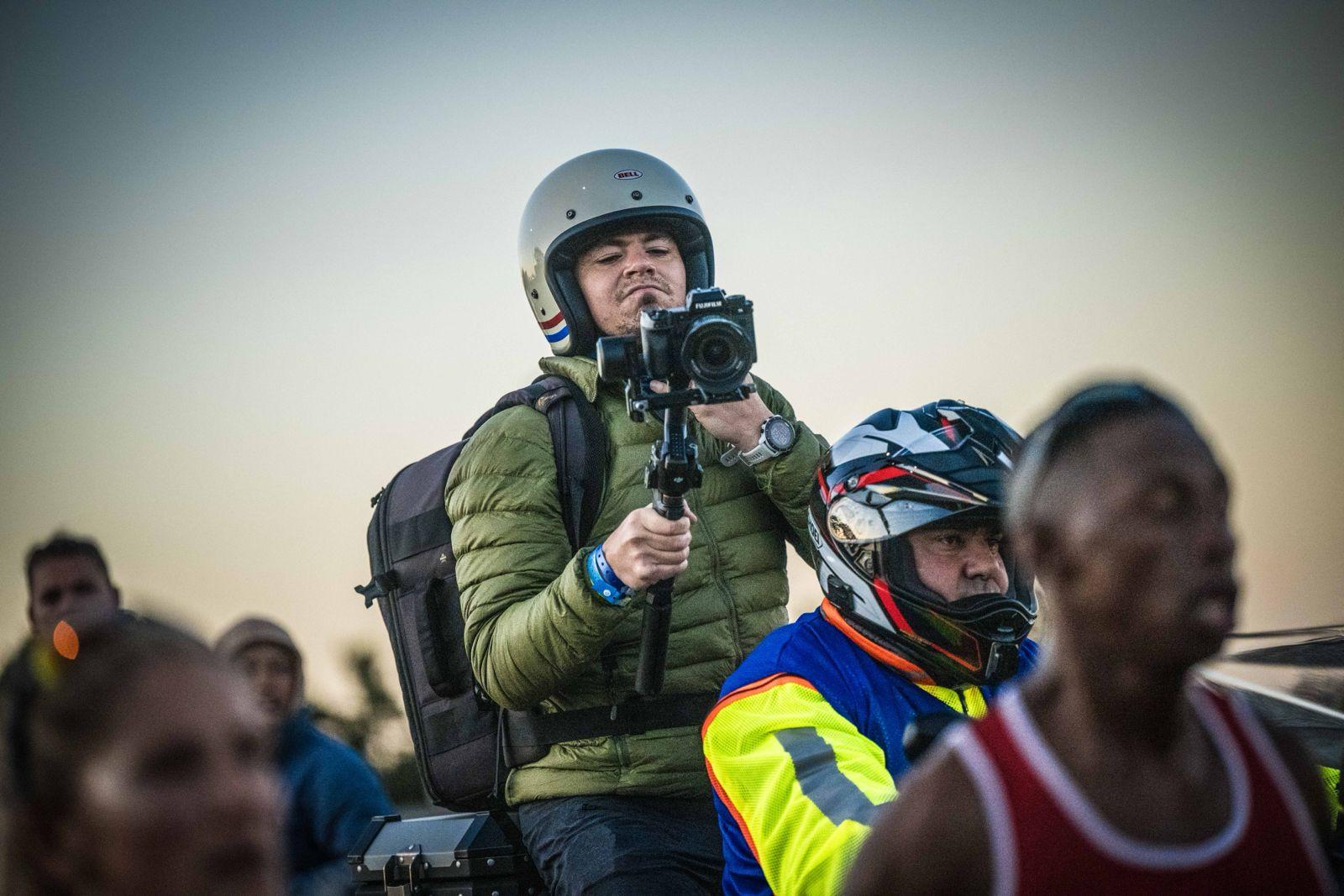X-Community – John Armstrong – Strobism
Five Question for Professional Photographer and Strobist John Armstrong
1. Off-camera flash is certainly one of the easiest ways to add something truly unique to your photography, but very few people experiment with it. Why would this be?
The majority of shooters out there call themselves available light or natural light shooters. Within this group, a small percentage have made a deliberate choice to shoot as often as they can with available light only, but still have the ability to do otherwise if need be. However, there are some who label themselves as natural light shooters to avoid having to deal with an off-camera flash setup because they don’t have the necessary technical skills needed in this area.
To understand off-camera flash is actually not as difficult as people may believe. The fear of the perceived difficulty prevents people from even trying it out. Once you learn the basics and you see the creative possibilities, you will just go from strength to strength.
2. What was your path to becoming a strobist and how did it improve your photography?
I come from a film and television background, in which lighting is everything, so I have not been afraid to experiment with it. This background gave me a good technical understanding of lighting.
I’ve always felt the more variation, particularly in weddings, I can offer my clients, the better my product is overall. Certain situations you have no choice but to use off-camera flash and if you can do this as creatively as possible, the better the final result.
3. How easy was it to build an off-camera setup around the FUJIFILM system? Are there any specifics that stand out?
In many ways the Fuji X-series cameras are built for reportage and available light shooting. Hence the somewhat limited features pertaining to flash. I find this to be advantageous because all the flash work I do with the Fuji system is fully manual and I do not rely on any automated system like TTL.
With the newer X-Series bodies coming out, features have improved dramatically and Fuji is clearly making a move in the right direction to accommodate all types of photographers. This includes releasing a new flash which features such as wireless communication, automated TTL and high speed sync.
Currently, third party products are the way to go. Because it is fully manual, many different flash systems work with the Fuji system and you are not confined to one particular brand. There are many companies out there pushing hard to get into the Fuji flash space offering a range of cool products.
4. What equipment does your kit consist of, specifically for off-camera flash photography?
I use two Fuji bodies and four Fuji lenses, one wide zoom with three primes. My portable flash setup, because I am always on the move, is made up of between two to four speedlights depending on the job at hand, and if more power is needed there are also two larger bare bulb flashes.
All my flashes are battery operated and my kit has been set up for portability. Over the last year I have moved away from using larger modifiers and I am now using a compact system called MagMod made up of light shapers, grids and gels for creative effect.
5. What would be your best piece of advice to anyone that would like to try their hand at off-camera flash?
Be prepared to learn the basics and once you learn this technique it is so powerful and creates such a unique look, the danger is that you will shoot this way all the time. You must be able to differentiate between the right time to use it and when not to use it. Obtain a happy balance between the different techniques. Don’t lose touch with all the different disciplines.
Images courtesy of John Armstrong.
Follow him online:
Website
Blog
Facebook





